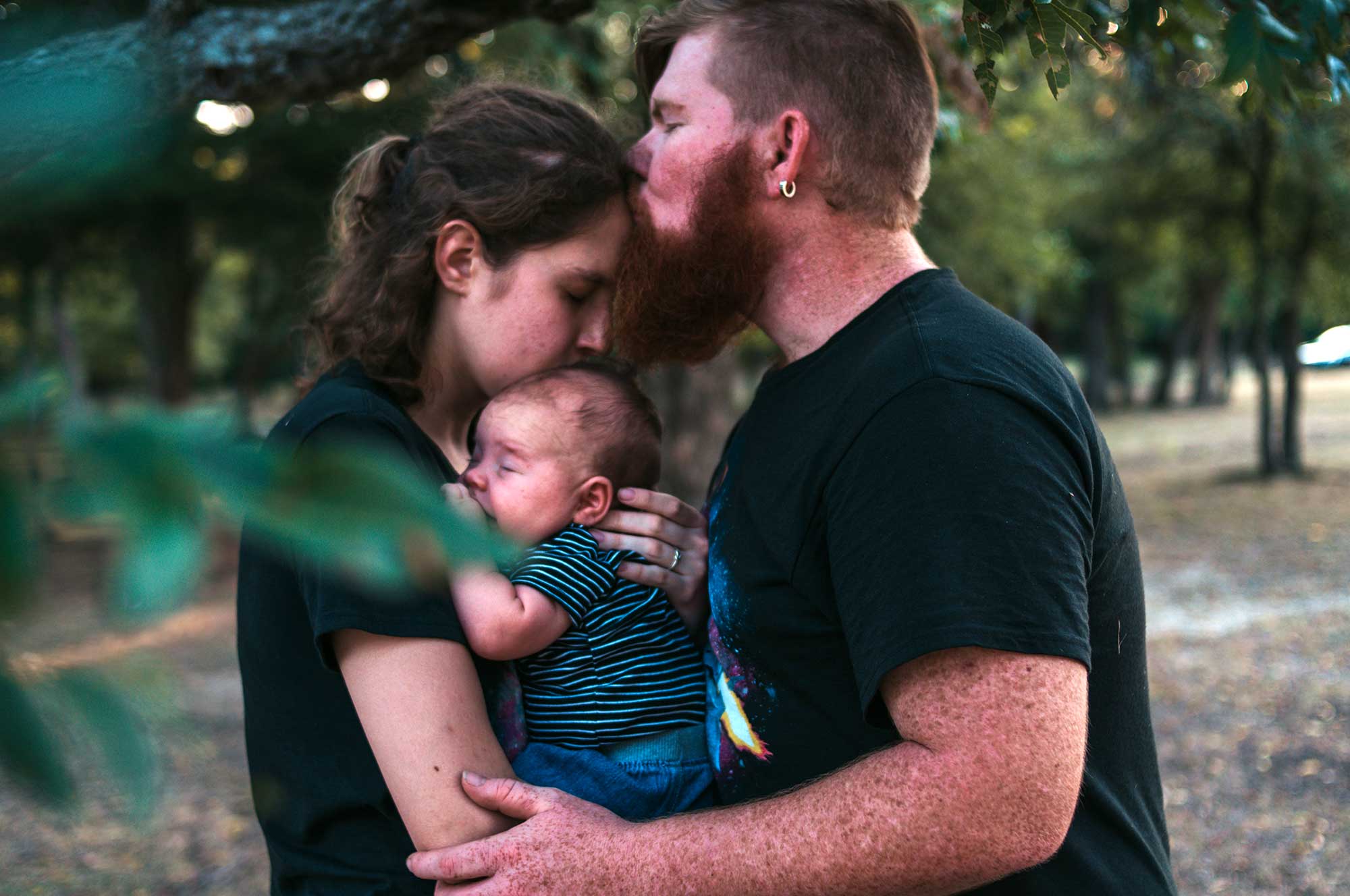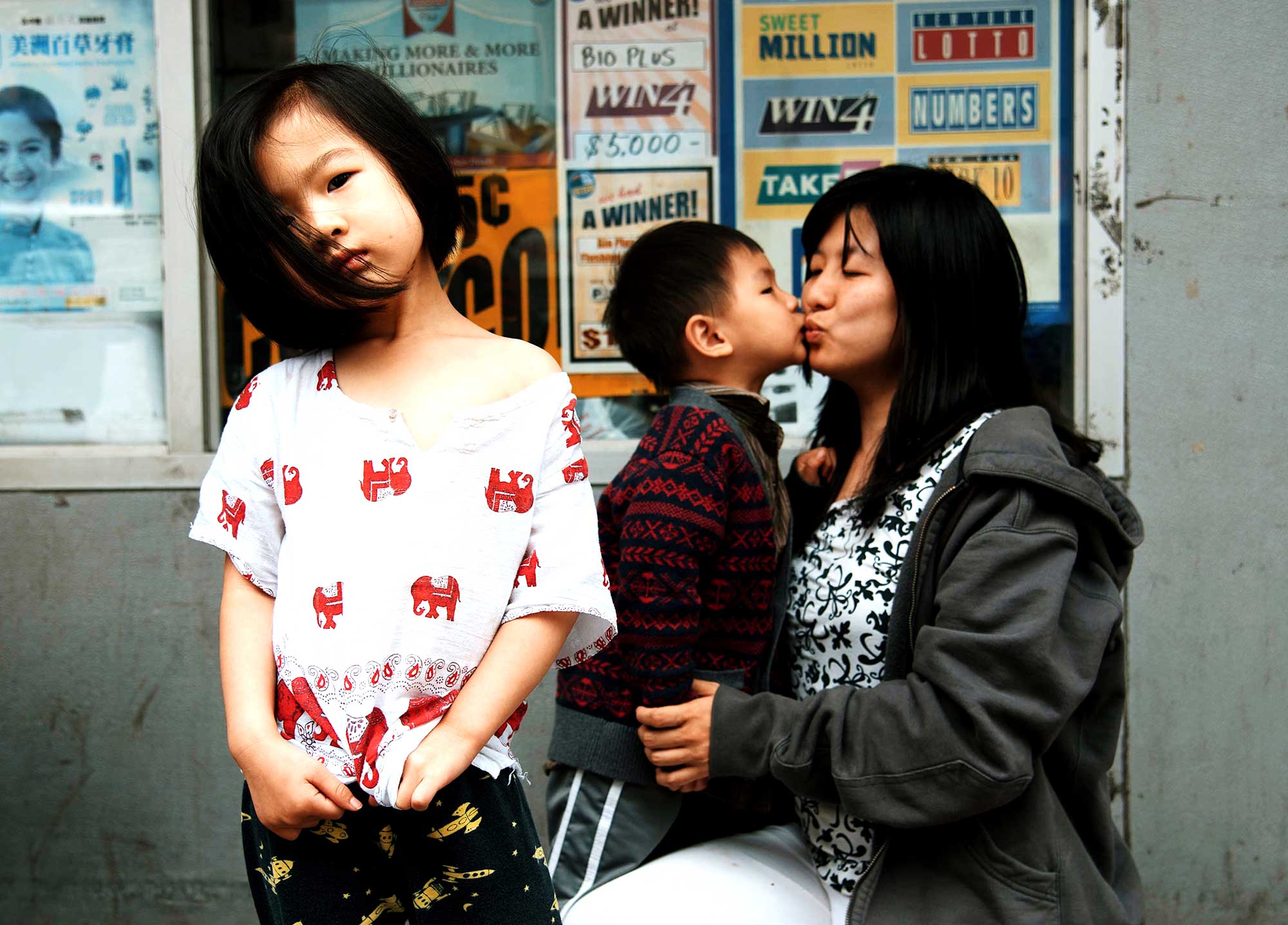Homelessness

Homelessness & Families
A Life Interrupted: Child Poverty
Imagine waking up in a strange place one morning and not knowing where you are, not recognizing any of your surroundings. Your mom takes you and your siblings to a cafeteria-style dining hall where you eat a bit of breakfast before taking a bus to school. After classes finish, your mom meets you in the schoolyard and you take transit across the city to another strange building for the night. This time, you are sharing a bed with your younger sister, your brother is on the couch and your mom sleeps on the floor of the living room. Yet you know you were lucky to be out of the shelter tonight and in a friend’s house. Tomorrow you know the process will repeat itself. This could be the life of one of the hundreds of children who are homeless in Canada right now. For homeless kids, the loss of stability is enormous. While many homeless families are able to access some “permanence” in emergency shelters, others are more transient, staying in temporary shelters and with friends. The disruption to their lives results in many negative consequences, both in their childhood and as adults. Yet, when most people think about homelessness in Canada, the picture is often very different.
Family homelessness (and therefore homelessness amongst dependent children and youth) is a significant, yet hidden, part of the crisis. Some researchers have identified visible homelessness as only the “tip of the iceberg” of what is a much larger and critical, affordable housing problem in Canada. Numerous studies have shown that many families are forced to live in overcrowded, sub-standard housing and regularly make the choice between paying the rent and feeding the kids. Family homelessness is largely underpinned by structural factors, including inadequate income, lack of affordable housing and family violence. Following the withdrawal of government housing programs and decreased supports, more families are turning to emergency shelters.
Reports show that family use of shelters has jumped 50 percent in the past decade, and their length of stay has increased markedly in recent years to an average of more than 50 days.
One of the fastest growing demographics of the homeless population is children & families
* 10% of Canadian families live below the low-income cut-off
* 14% of Canadian children live in poverty

Child Poverty
Children and youth under 18 are particularly vulnerable to conditions of poverty. The following statistics outline risk factors and the realities of youth poverty in Canada.
* In Canada, 1.3 million children live in conditions of poverty (that’s 1 in 5).
* 1 in 2 Status First Nations children lives in poverty.
* 8% of children in British Columbia live in poverty with children under the age of 6 representing an even higher poverty rate of 20.1% (both are higher than the national average of 18.5%)
* 1 in 5 Edmontonian children (under the age of 18) live in poverty, which increases to 1 in 3 children in single-parent families.
* 40% of Indigenous children in Canada live in poverty, and 60% of Indigenous children on reserves live in poverty.
* More than one-third of food bank users across Canada were children in 2016.
* About 1 in 7 of those using shelters in Canada are children.
Ways to Donate
Help us bridge the gap by contributing in support of initiatives focussed on bettering the lives of those in our community struggling with the effects of poverty, homelessness and mental illnesses.
One Time Gift
Legacy Gift
Monthly Gift
Gift of Cellebration
In Memory
Corporate Matching

For over 65 years, Margaret’s has been empowering individuals struggling with serious mental illness to rebuild and reclaim their lives.
221 Broadview Avenue Toronto, ON, M4M 2G3 Canada | Tel: 416.463.1481 | Fax: 416.461.4866 | info@margarets.ca
Privacy | Cookies | Terms